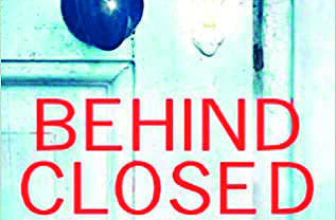
Among the most famous and widely read novels of the 19th century, The Woman in White is a story that will completely devour you. We’ve chosen to review it this month, with our theme of fresh beginnings, for the novel follows the characters on a journey
of love, loss, hardship and eventual retribution that can be argued as quietly resonant with the Easter story.
Told in several different narrative voices of each character who plays an intrinsic part in the plot, the most enjoyable aspect of The Woman In White is
– in my opinion – its outstanding characterisation. The well-drawn characters are as unique as they are richly articulated. Aristotle always placed plot first and foremost as the basis for a good story, with characterisation being a close second. The plot of The Woman In White is intricately woven, but is carried flawlessly through the vehicle of the characters, whose strong personalities and foibles are what drives that plot forward with such power.
The story begins in the voice of Walter Hartright, a drawing master from London, who is summoned by one Mr Fairlie to come to live at Limmeridge House in Cumberland, to teach the art of watercolour painting to his two nieces. Oh, and to work on framing and mounting Fairlie’s impressive collection of valuable etchings.
On arrival, he is met by the intelligent, articulate Marian, a woman of impressive character and integrity, and her demure and beautiful sister, Laura. Walter, over the course of his time at Limmeridge, falls in love with Laura. However, she is betrothed to wed Sir Percival Glyde, a baronet chosen by her late father to be her husband. Laura is a woman who has been left a great fortune, whilst Marian, her half-sister, has no fortune to her name. Sir Percival seems, at first, to be the perfect gentleman. But are his intentions towards his future wife as honourable as they should be?
A woman in white, who Walter meets one eerie night in London, and who begins showing up at Limmeridge, and at Blackwater, Sir Percival’s home in Hampshire, certainly doesn’t think so. But why? And will she have a chance to tell her tale before Sir Percival can stop her?
Without giving too much away, suffice to say The Woman In White is a novel in which surprising twists and turns of events make for thrilling reading.
And when the narrative turns to the voices of the suspicious Count Fosco, and – for suitably comic measure – the girls’ uncle, Mr Fairlie, the pleasure of the aforementioned excellent characterisation, makes for some of the finest reading to be enjoyed in any novel to this day.











